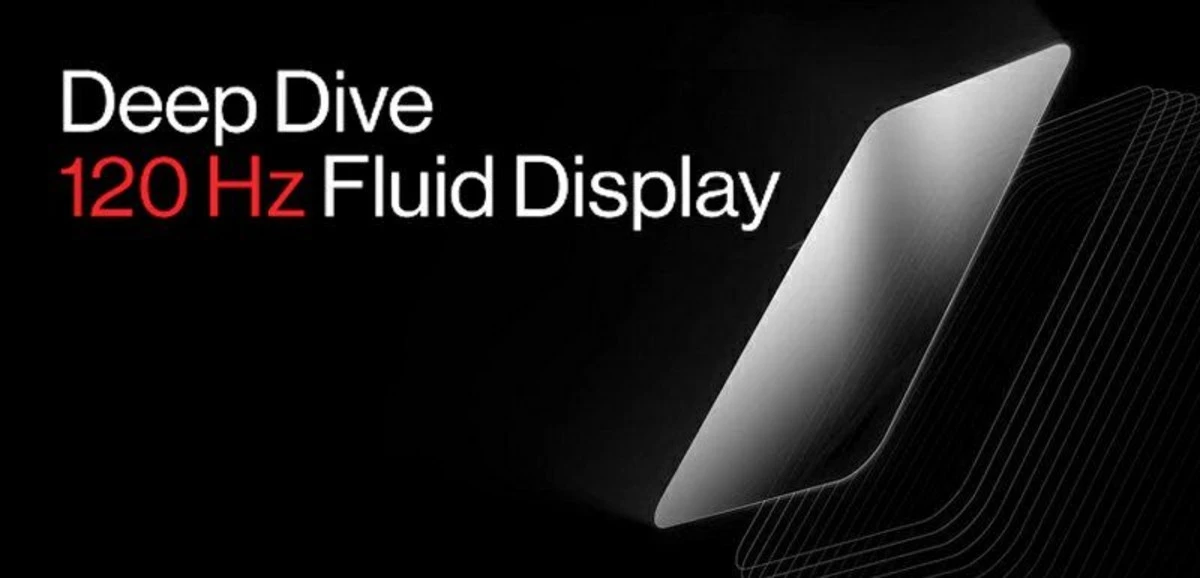OnePlus has once again cooperated with Samsung Display to tailor a unique AMOLED display with the most rigorous specs in the industry, including a breathtakingly smooth 120 Hz refresh rate.
OnePlus announced today the official arrival of the company’s newly minted display with a blazing 120Hz refresh rate, together with multiple new technologies.
The display uses the latest generation of organic light-emitting materials, with a peak brightness of more than 1000 nits and a much longer lifetime. In addition, OnePlus raised the touch sampling rate to an industry high of 240 Hz for a more responsive touch experience.
With the OnePlus 7 Pro released last May, OnePlus overcame several challenges such as optimizing display panels and minimizing power consumption to deliver the world’s first 90Hz Fluid Display with QHD+ resolution, catalyzing a shift in the smartphone industry towards a smoother, more fluid user experience.
To enhance the experience further this year, OnePlus continues to push the refresh rate up to 120Hz and amplifying the display with several exciting and innovative technologies, bringing users an even more refined and smooth viewing experience.
“We believe that the smoothest smartphone display must also be able to deliver a superior visual quality and viewing comfort. We’re sure that OnePlus’s new 120Hz Fluid Display will be the best you’ll lay eyes on in 2020.”
OnePlus CEO Pete Lau
The new display features the most rigorous hardware configuration in the industry and a handful of exciting technologies, including MEMC technology for smoother video playback, a QHD+ resolution, the most accurate color accuracy and 4096-level of automatic brightness control, four times of average android flagships.
After numerous system optimizations, many major apps will now be able to take full advantage of the new 120 Hz refresh rate. But, for videos, there’s an additional hurdle. Most video content is still produced at either 24fps or 30fps, with a small portion of content in 60fps.
To address this problem, OnePlus are including MEMC technology to deliver smoother video playback. MEMC is a technology featured in high-end TVs that uses real-time algorithmic adjustments to insert additional frames to a video file, enabling something shot at 24 or 30fps to play at 60 or even 120fps.
MEMC technology is more demanding in terms of computational power and algorithm processing, making it very difficult to simply carry over from TVs to smartphones. But by using a hardware-based MEMC solution, OnePlus has managed to elevate frame rates to 60 or even 120fps with low power consumption, providing a seamless, more fluid viewing experience for users.
With a display that offers greater color accuracy, users will see colors as they are meant to be seen. For designers, photographers, and all creators, top-notch color accuracy is essential for creative work.
JNCD, which means “Just Noticeable Color Difference”, is an indicator for measuring color accuracy used by companies including DisplayMate. Current professional displays can achieve a JNCD of less than 2, with some high end models achieving less than 1.
By professionally tuning the color display, OnePlus was able to achieve an industry-leading JNCD ratio of less than 0.8 for every single 120 Hz Fluid Display. With a near-perfect display performance rating, users and creators will be able to edit and render images with absolute confidence.
OnePlus’s 120 Hz Fluid Display also provides support for 10-bit color, providing 1,024 shades of each primary color and 1.07 billion possible colors. This is 64 times as many colors than are supported on mainstream smartphone devices, giving users fuller, more natural gradients when viewing content, and creators more confidence to accurately display the intended color spectrum.
In order to reach industry-leading color accuracy standards, OnePlus added an additional automatic color calibration machine to the production line. By adding an extra 30 seconds to the production time, each display panel is automatically calibrated for color accuracy before it’s released.



